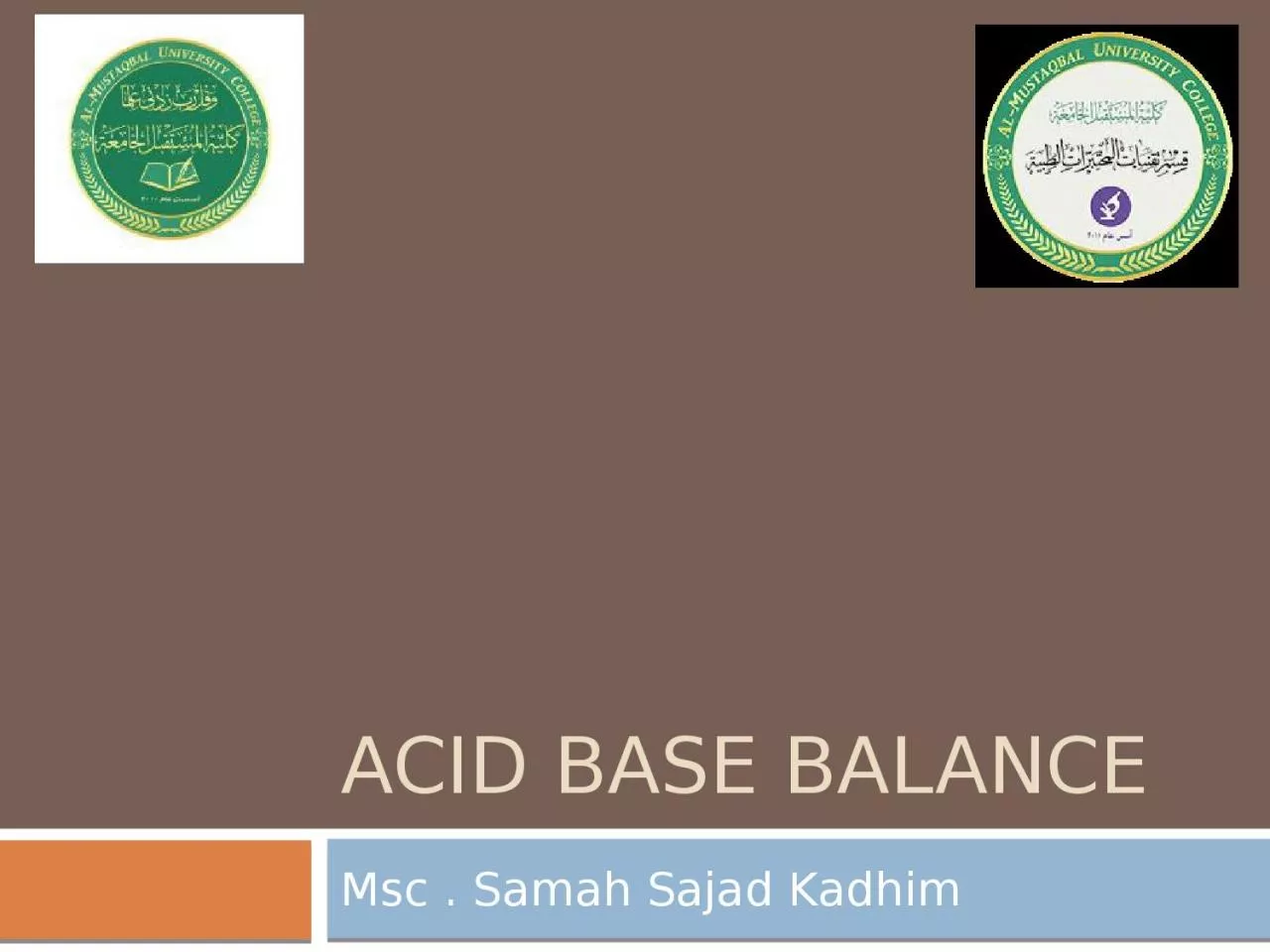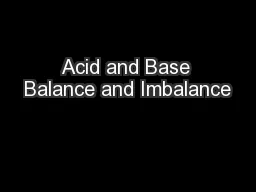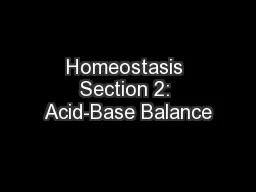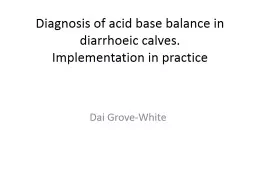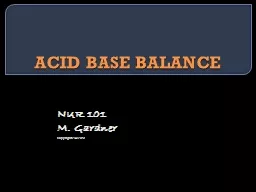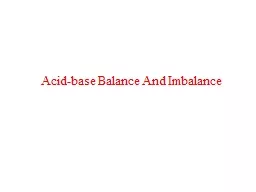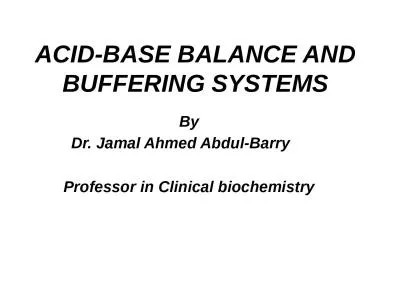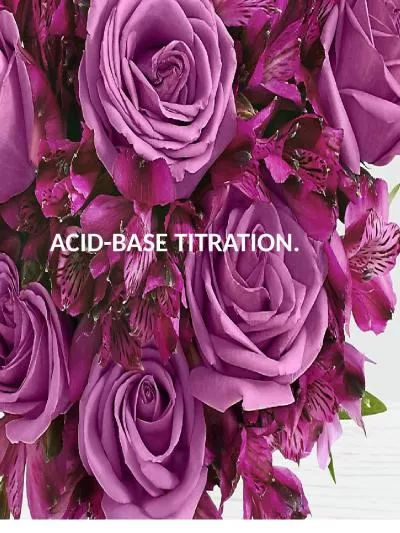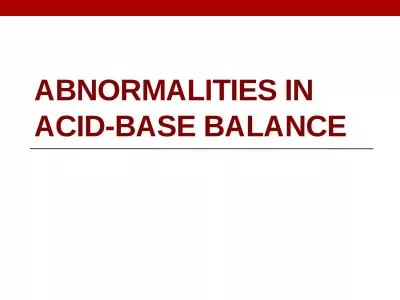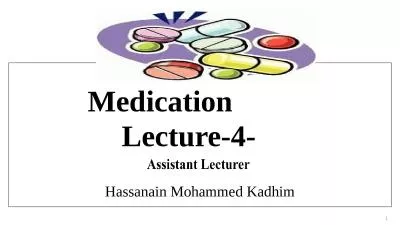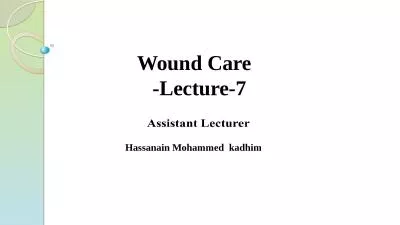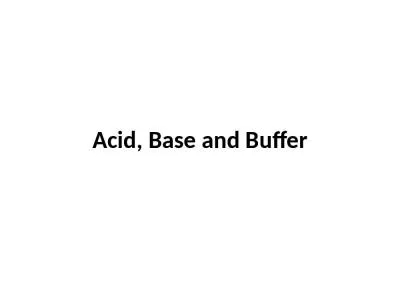PPT-Acid base balance Msc . Samah Sajad Kadhim
Author : catherine | Published Date : 2024-01-13
Acidbase balance Acids are electrolytes that release hydrogen ions H when they are dissolved in water Bases are electrolytes are release hydroxide ions OH when
Presentation Embed Code
Download Presentation
Download Presentation The PPT/PDF document "Acid base balance Msc . Samah Sajad Kad..." is the property of its rightful owner. Permission is granted to download and print the materials on this website for personal, non-commercial use only, and to display it on your personal computer provided you do not modify the materials and that you retain all copyright notices contained in the materials. By downloading content from our website, you accept the terms of this agreement.
Acid base balance Msc . Samah Sajad Kadhim: Transcript
Download Rules Of Document
"Acid base balance Msc . Samah Sajad Kadhim"The content belongs to its owner. You may download and print it for personal use, without modification, and keep all copyright notices. By downloading, you agree to these terms.
Related Documents

